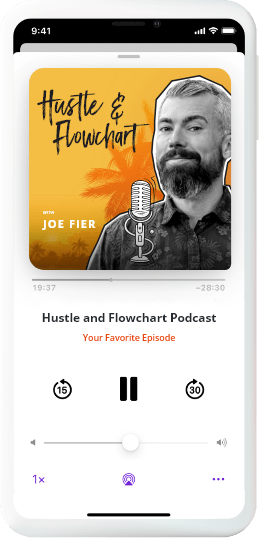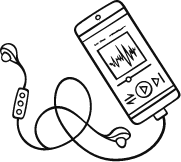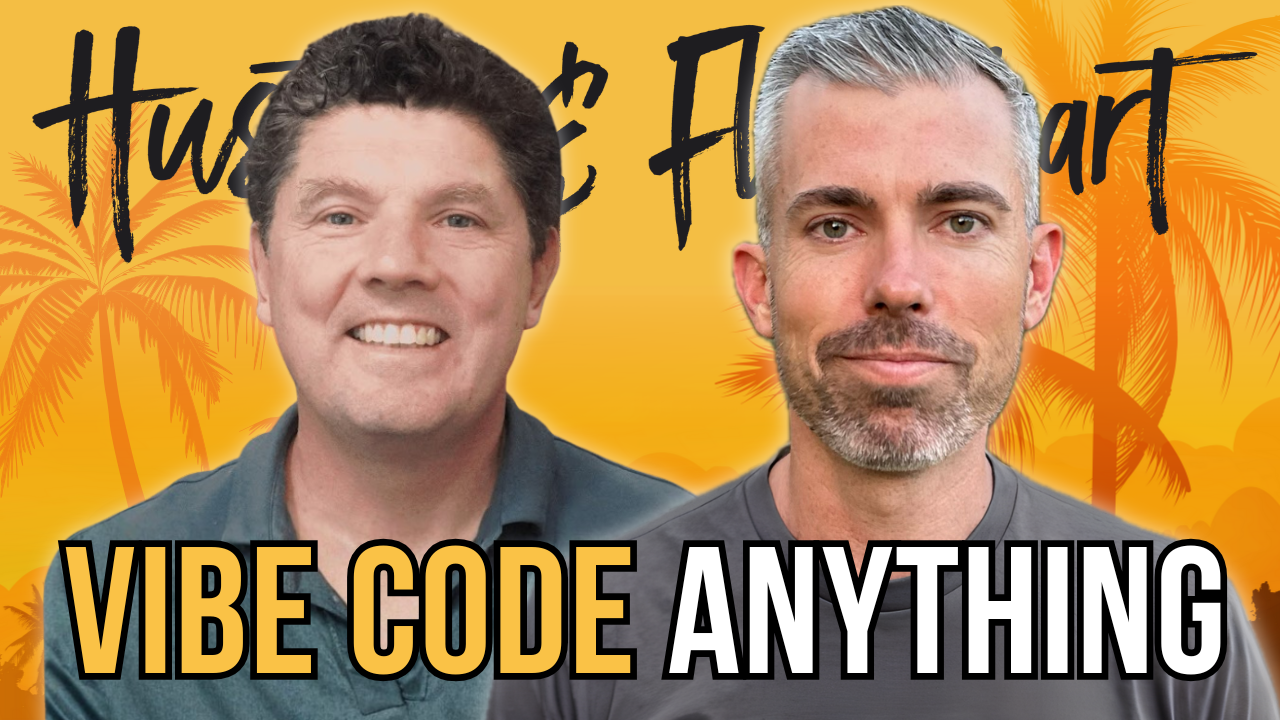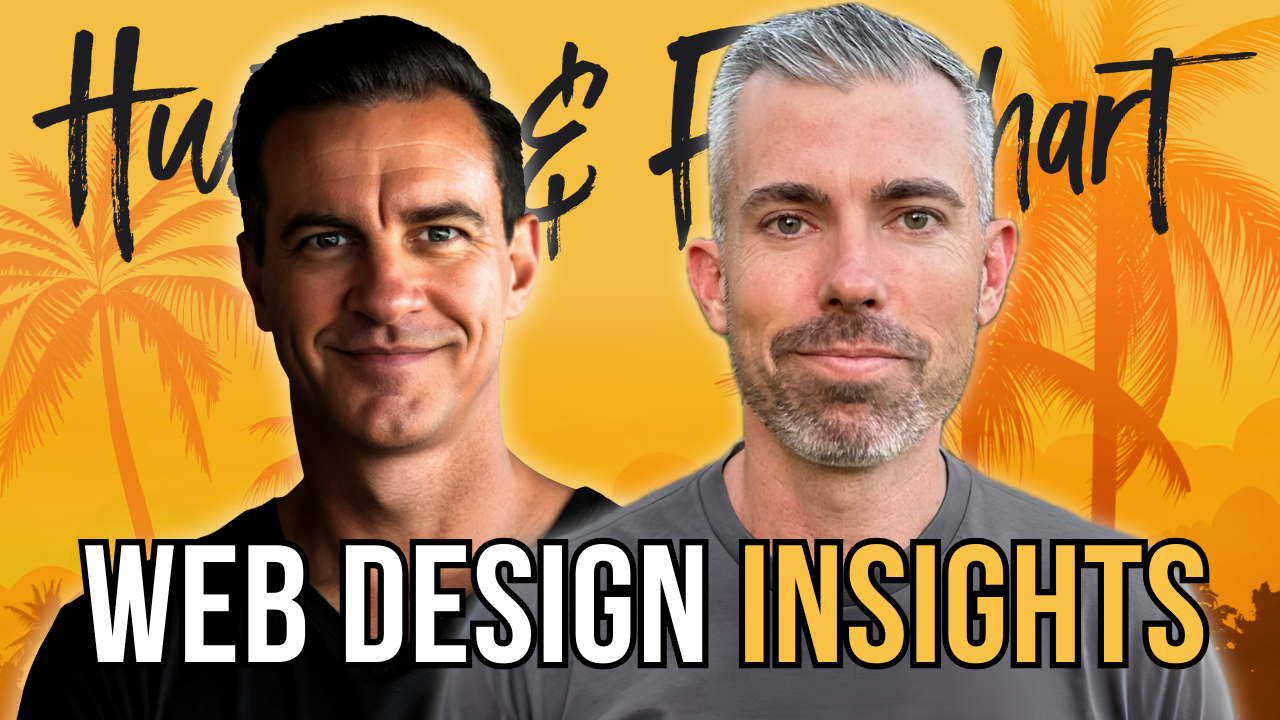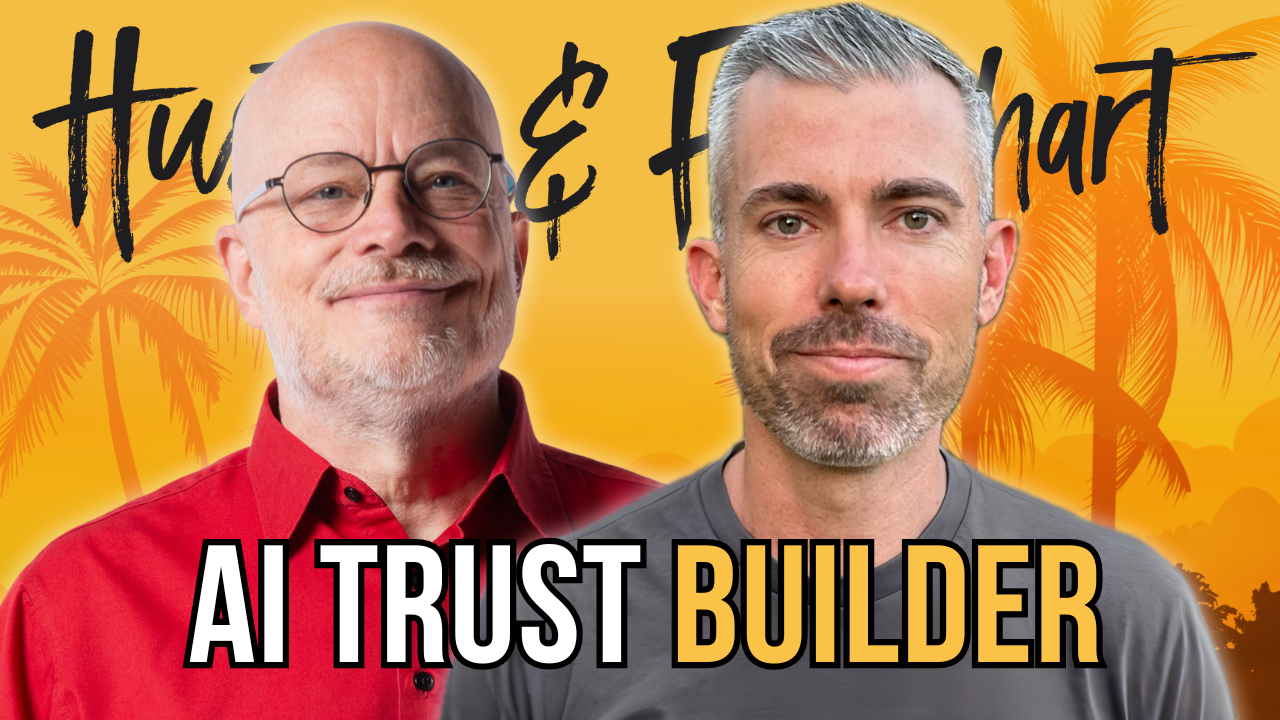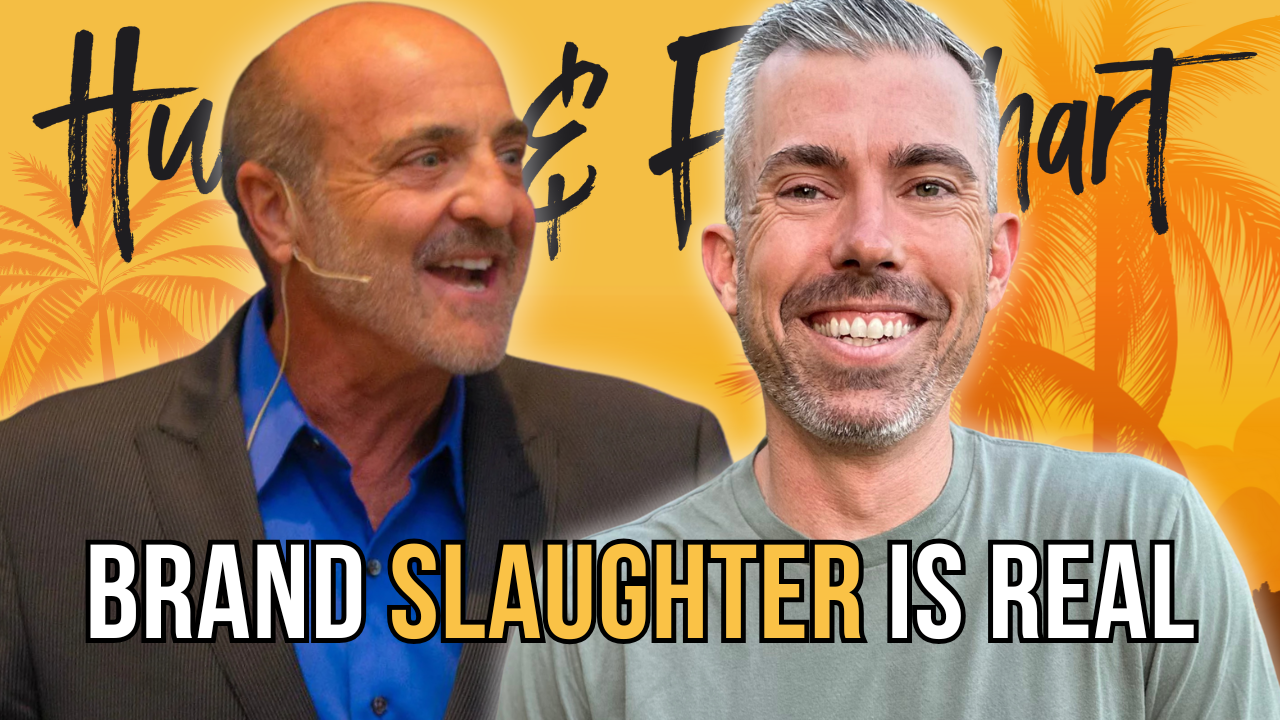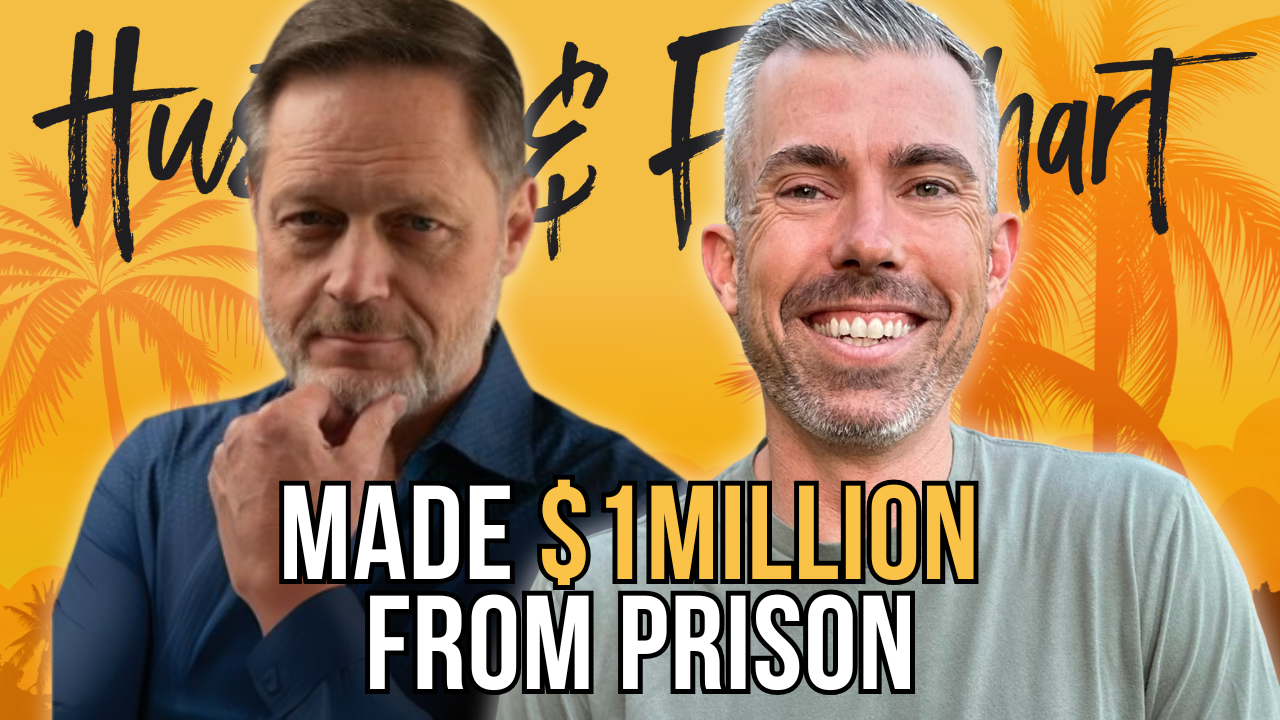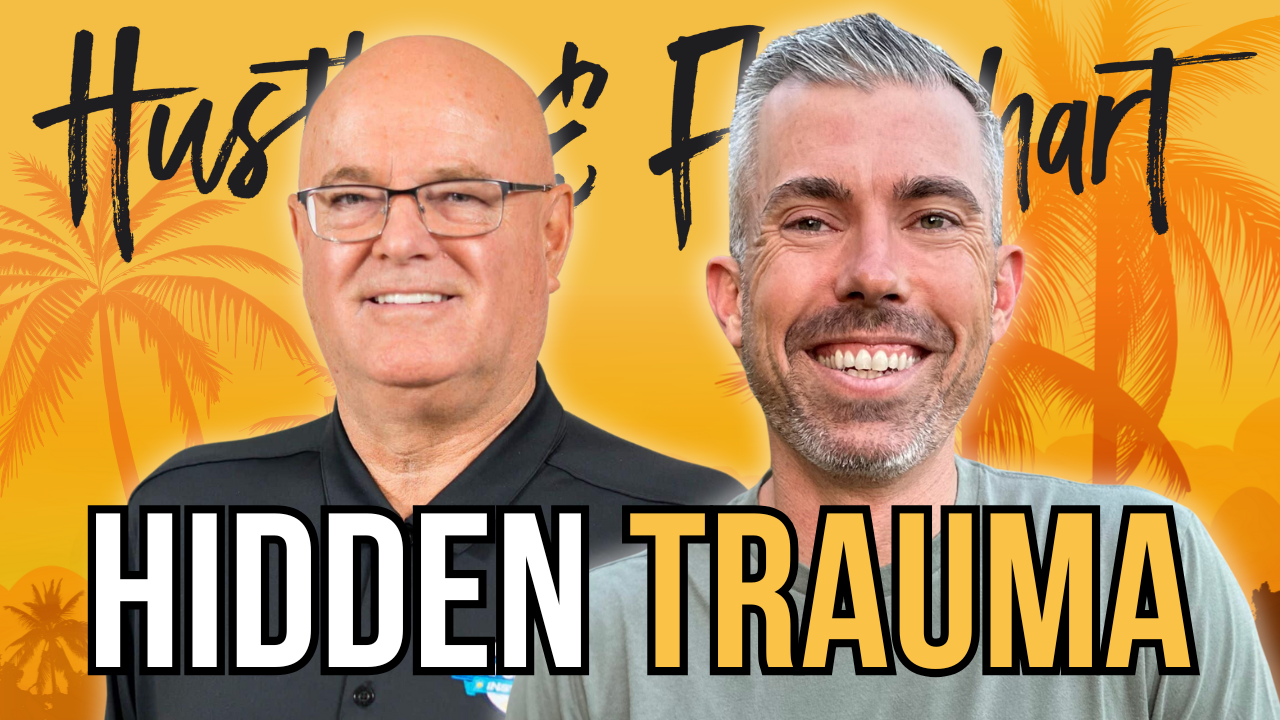Oji and Ezinne Udezue join me this week on Hustle and Flowchart. They’ve both worked at huge companies like Twitter, T-Mobile, Calendly, and Typeform, and they just released a book called “Building Rocket Ships.” This episode is packed with insights about building products that last, especially during this crazy time when artificial intelligence (AI) is changing everything. If you’re a founder, builder, investor, or just curious about tech, you’ll find some gold nuggets here.
Oji and Ezinne gave us a peek inside how great companies get built, why chasing trends isn’t always the best move, and what really matters for success today. We talked about the “AI gold rush,” common mistakes founders make, the importance of solving real human needs, and how to build a winning product system for your business. Let’s walk through the biggest lessons from our chat so you can start using them right away.
Table of Contents
ToggleThe AI Gold Rush: A Time of Big Opportunity
Oji and Ezinne brought strong energy, saying we’re in a time similar to the early days of personal computers or the first wave of the internet. Big shifts are happening fast, and people who spot and solve real problems have a chance to build the next trillion-dollar business.
Oji explained, “Patient builders, ingenious builders, are going to change the world. Money will be made and lost, but now is the time for big thinking as well as focus on details.” He compared current AI advances to when Bill Gates got started at Microsoft, or when the world first discovered the web.
Key takeaways:
- There’s huge opportunity right now, but not everyone will win just by jumping on the latest tech.
- History repeats: Big wealth and real businesses are made by those who spot changes and act early.
Focus on Perennial Human Needs, Not Just Trends
Too many founders and investors chase trends or try to knock off whatever tool is last week’s hot product. Oji and Ezinne say that’s a mistake.
Oji shared, “Originality isn’t a premium in our industry. People chase what’s hot, but the real value is in solving deep, old problems—what he calls ‘perennial needs.’ For example, people will always need to connect, date, buy, sell, or communicate. The tools and tech for these things change, but the basic human needs behind them do not.”
He pointed out, “Dating has been around for ages, and with each technology leap you get new versions. Same thing with selling, marketing, and analyzing data in business. The real winners find a deep problem that has always been there, and find a new way to solve it with the current tech.”
Ezinne backed this up by saying, “The technology shifts around the need.”
Key takeaways:
- Look for problems that people have had forever (perennial needs), not just whatever is trending.
- Ask yourself, “What isn’t going to change about human nature?” Build for that.
- Tools and platforms come and go, but core human needs persist.
What Truly Doesn’t Change In Tech and Business
We all get distracted by shiny new tools, but Oji and Ezinne shared the real constants:
- Humans are humans. We need to socialize, communicate, and solve common problems.
- Customer satisfaction is everything. Is this problem a “sharp problem” for lots of people, or is it just your own obsession?
- Return on investment (ROI) always matters. Whether it’s followers on social media, influence, or actual cash, there’s always a form of “currency” driving what people pay attention to.
- Even as AI changes how we build and use things, business basics stick around: Make people happy (solve a real problem for them), and make money by doing it.
As Oji said, “Technology companies build stuff that make people either useful or happy. Founders need to build something people love that actually solves a sharp problem. Then, make sure you have a business model that works.”
Key takeaways:
- Don’t forget the basics even as the tech changes.
- Focus on real customer needs, not just what excites you as a founder.
- Business math (ROI, unit economics) always wins in the end.
The Right Way to Find a Big Problem and Test Solutions
A big mistake Oji sees is founders building something just because they want it, then hoping other people will care. Instead, he and Ezinne recommend getting out and finding out if anyone else sees this as a sharp, urgent, painful problem.
Oji broke it down like this:
- Is this problem sharp for at least 10, 20, or a million people?
- Get out of your own head and find the deep need that others share.
- Once you identify a potential problem, imagine what a transformation would look like for people actually suffering from it.
- Build the simplest, smallest version of that solution—the “minimum lovable product”—and put it in front of real users fast.
The earlier you expose your idea to real users in your true target market, the faster you learn. Ezinne pointed out that today’s tech lets you build quick prototypes, so your only real challenge is getting feedback from actual potential customers.
She said, “It’s about access to humans who will tell you the truth. Prototyping is easy. The hard part is finding and testing with ideal users.”
Both stressed the importance of narrowing your focus to your “ideal customer profile.” If you get feedback from ten people, only the ones who truly fit your target are what really matters.
Key takeaways:
- Base your product on a real, shared pain—don’t just solve for yourself.
- Build quick prototypes, but don’t get attached. Each one’s a learning tool.
- Find and focus on your target customer segment to get the best feedback.
- Feedback from “everyone” is not helpful—feedback from your target is gold.
Taking Advantage of Modern Tools for Fast Prototyping
Oji and Ezinne are both excited about new AI-assisted tools and low-code/no-code platforms. These can help founders and even non-technical people make prototypes in hours, not months.
Oji pointed out that it’s still not super easy to build a product customers will truly use every day, but it’s much easier than years ago. Non-coders can use tools like Vercel, Lovable, and Cursor to mock up and refine versions of their apps. Oji says, “Start by yourself, but know you’ll need to work with pros down the line as complexity grows.”
Ezinne compared it to the old days where you’d write requirements documents for months. Now, you can just build, learn, tweak, and rebuild, sometimes 20, 30, or more times before bringing in full engineering teams.
Oji summed it up: “A PRD (product requirements document) is going the way of the dodo. Now your prototype is your requirements—it’s an avatar of your final app. Build, test, learn, repeat.”
Key takeaways:
- Use new tools to speed up your learning and testing.
- Don’t treat your first prototype as precious; build, learn, throw away, build again.
- Early prototypes are for learning, not for launching to the world.
- The best founders “live in” these prototyping tools every day.
Why Product Systems Matter for Lasting Success
It’s not just about the product—it’s about how your business works together to keep building and iterating. Ezinne and Oji explained their “Product Operating System,” which includes three main systems in every company:
- System of People: How your team interacts, makes decisions, and communicates.
- Wayfinding/Strategy System: How you figure out what to build, set direction, and prioritize.
- System of Execution: How things get done, who does what, and what tools you use.
Ezinne said, “These systems are always there, whether or not you pay attention to them. The best companies design them on purpose so they can repeat their success and scale.” Tension and confusion usually show up when there’s no clear decision-making or team process. Oji added, “There’s a hidden rhythm to this. You need all three systems working together.”
In their book, they break down how these forces show up at each growth stage—from startup to giant company—and how to make those systems stronger.
Key takeaways:
- Success comes from building repeatable, intentional systems, not just hustling harder.
- Pay attention to people, strategy, and execution as separate (but connected) forces.
- Keep adjusting these systems as your business grows.
- View your working prototype as a living version of your real business—the more it grows and changes, the better your systems need to be.
Useful Resources and Further Reading
- Building Rocket Ships — Oji & Ezinne Udezue
- ProductMind Community (Slack and more)
- Lovable
- Cursor
- Vercel
This episode made it clear: Now is a wild and exciting time in tech, especially with AI. Oji and Ezinne reminded us to ignore the noise and focus on what matters—solving sharp, old problems for real people. Use AI tools and rapid prototyping to learn faster, but always stay close to your ideal customer. Build systems for people, strategy, and execution if you want a business that lasts. And remember: The gold rush rewards the patient and focused.
Whether you’re thinking about starting a company or looking to level up your current one, take these lessons to heart. Solve big, lasting problems. Use new tools to your advantage. Test with real customers. Build your business on purpose, not by accident.
Two Other Episodes You Should Check Out
- The AI Gold Rush: Most Entrepreneurs Are Failing—Here’s What Only 0.8% Understand!
- How I Used AI to Bring My Son Back from a Coma – Greg Reid
Connect with Joe Fier
- What if you could have a FREE personal mentor on-demand?! With Joe's Hustle & Flowchart AI clone, you can tap into the knowledge from over 600 episodes any time! Whether you need advice on scaling, marketing, or productivity, my AI clone is here to help.
- Want us to build your clone for you? We’ll handle setup, testing, and integration so you can launch fast. Head to HustleandFlowchart.com/interest to get started!
- Hubspot has launched a whole new suite of AI Tools, check them on the Hubspot.com
- Check out other podcasts on the HubSpot Podcast Network
- We want to hear from you. Send us the One Thing you want to hear on the show.
- Connect with Joe on LinkedIn and Instagram
- Subscribe to the YouTube Channel
- Contact Joe: joe@hustleandflowchart.com
Thanks for tuning into this episode of the Hustle & Flowchart Podcast!
If the information in these conversations and interviews have helped you in your business journey, please head over to iTunes (or wherever you listen), subscribe to the show, and leave me an honest review.
Your reviews and feedback will not only help me continue to deliver great, helpful content, but it will also help me reach even more amazing entrepreneurs just like you!







